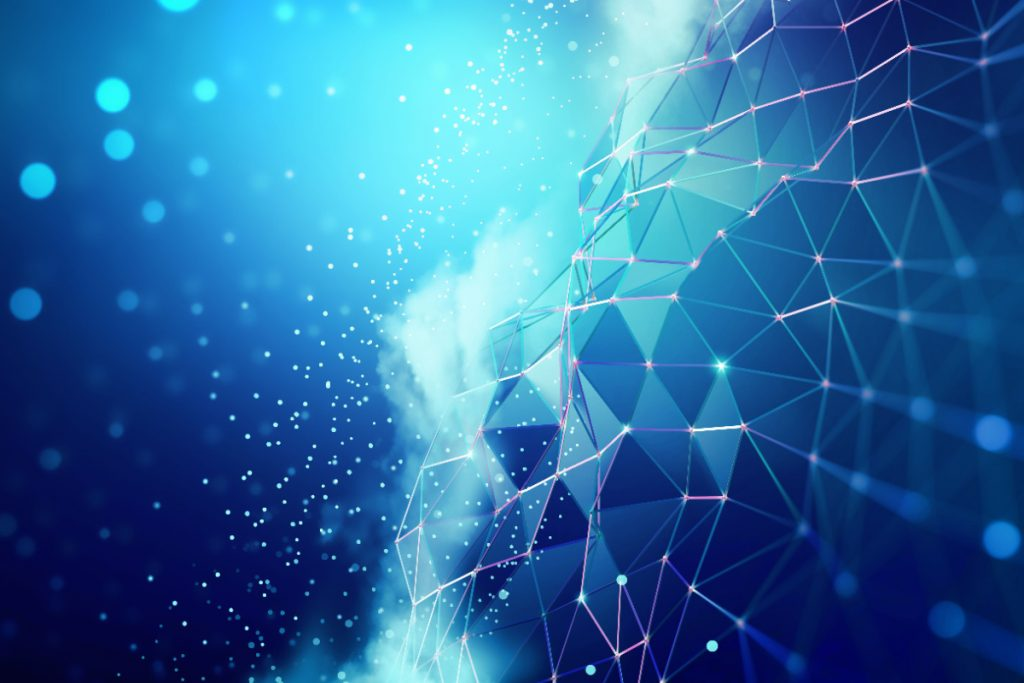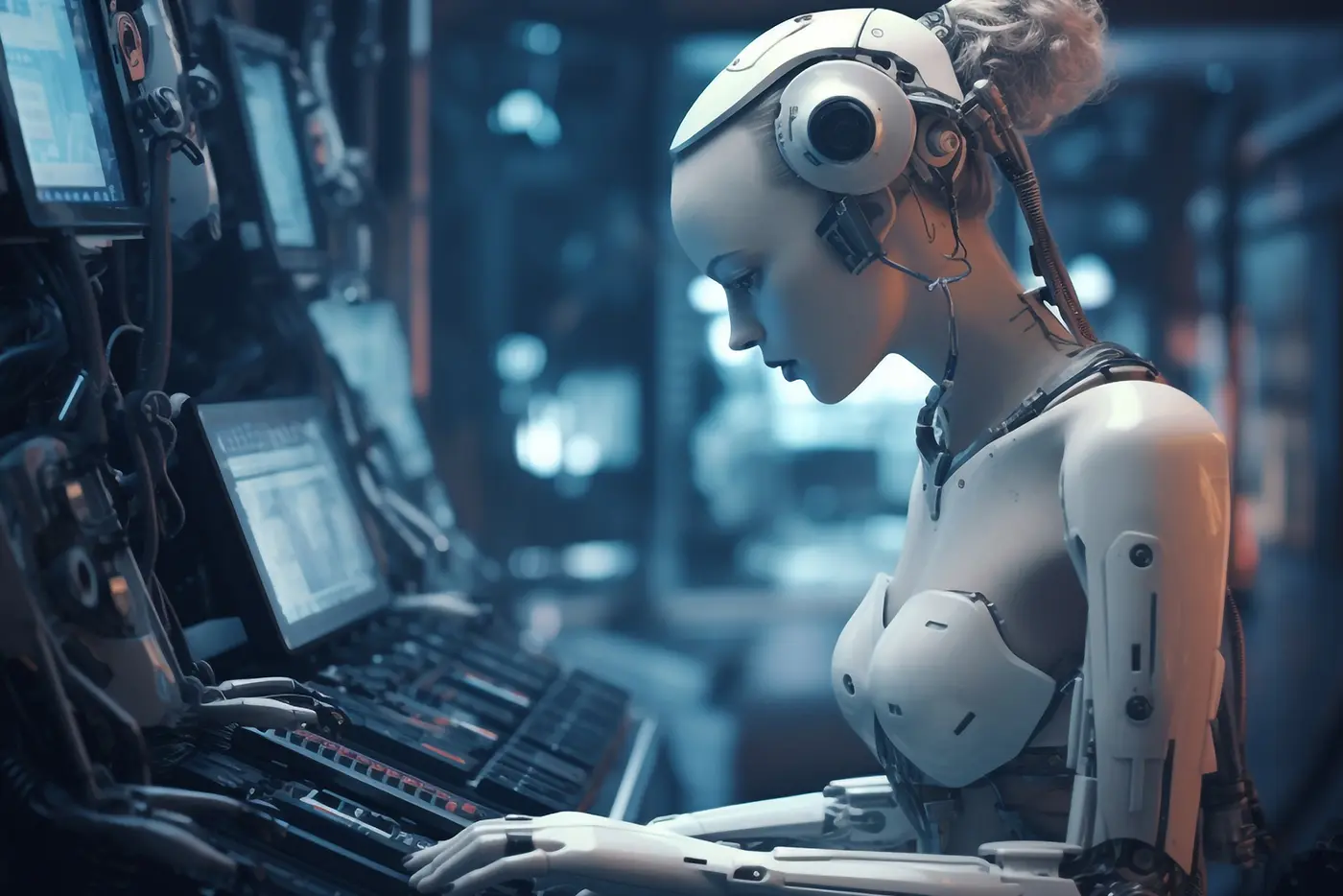In a moment that could redefine the future of marketing, a fully AI-generated commercial—costing only $2,000 to produce—aired during one of the most prestigious and widely viewed television events in the United States: the NBA Finals. The low-cost, high-impact ad captured attention not just for its message, but for its revolutionary production method. Every part of the ad—from scripting and voiceover to visuals and editing—was created with generative AI tools, challenging traditional notions of creativity, media production, and commercial value.
This bold experiment in advertising marks a pivotal moment in the convergence of artificial intelligence and mainstream media, one that underscores the seismic shifts underway across creative industries.
A Brief Overview: The $2,000 Ad That Made National Waves
The ad in question was a sleek, 30-second spot broadcast during a commercial break of the 2025 NBA Finals. On the surface, it looked like any other ad—polished visuals, clear voiceover, emotionally resonant storytelling. But unlike most big-budget productions that can cost hundreds of thousands or even millions, this ad was produced end-to-end using AI tools for a mere $2,000.
The advertiser? A small startup looking to promote a new productivity app. But what truly stood out was how the company, with limited funds, managed to achieve national visibility and professional-level quality without employing a traditional creative agency, production crew, or film studio.
How the Ad Was Made: An Inside Look at AI Production
The entire commercial was generated using publicly available AI tools, showcasing the capabilities of generative technology in audiovisual storytelling.
1. Scriptwriting with LLMs
The first stage began with concept development and scriptwriting, powered by large language models. These tools took marketing goals and customer personas as input and generated several creative scripts. After a few iterations, the team selected one with a clear call to action, emotionally resonant messaging, and a relatable user story.
2. AI-Generated Voiceover
Instead of hiring a voice actor, the team used text-to-speech AI models capable of producing human-like narration with expressive tone and pacing. These models allowed the creators to tweak delivery styles—energetic, calm, informative—within seconds.
3. Video Creation with Text-to-Video Models
For visuals, tools like Runway, Pika, and Sora (or similar AI-powered video generation models) were used to render dynamic scenes. The creators input text prompts like “young professional working from a café,” or “animated timeline of productivity growth,” and received fully rendered video segments within minutes.
4. AI Editing and Compositing
The final cut was assembled using AI-assisted editing platforms that could automatically synchronize voiceover with visuals, add transitions, apply motion tracking, and color correct—all tasks that previously required skilled editors and hours of manual work.
Why This Matters: The Democratization of Advertising
The traditional advertising model is expensive, exclusive, and time-consuming. Only companies with big budgets could afford prime-time commercial slots or professional-grade production. This AI-powered ad disrupts that narrative.
Now, a small business or even an individual creator can produce broadcast-quality content for a fraction of the cost. This opens up opportunities for:
- Startups and indie brands to compete on national platforms
- Global creators to make multilingual, region-specific ads quickly
- Personalized marketing where AI generates tailored versions of the same ad for different demographics
The playing field is no longer level—it’s tilted toward those who can creatively leverage technology.
The Cost Breakdown
The final cost of $2,000 covered:
- Subscription to multiple AI platforms
- Licensing fees for AI-generated content
- Minor manual tweaks for compliance with broadcasting standards
- Paid media buy for a regional slot during the NBA Finals
In comparison, traditional 30-second national TV ads can range from $100,000 to $500,000 just for production, excluding placement fees. This AI ad demonstrates that compelling, high-quality media can now be produced at a tiny fraction of traditional costs.
Industry Reactions: Shock, Excitement, and Concern
The marketing world has reacted with a mixture of excitement and anxiety.
Advertising Agencies
Some agency executives see this as an opportunity to innovate, integrating AI into creative workflows. Others view it as a threat, worrying that clients may increasingly turn to automated tools instead of human-led teams.
Broadcasting Networks
TV networks are intrigued but cautious. If AI ads proliferate, standards for visual quality, ethical messaging, and regulatory compliance must evolve quickly.
Tech Leaders
Executives from AI platforms behind the ad hailed the event as proof that generative AI is not just experimental—it’s commercially viable.
Viewers
Many viewers had no idea the ad was AI-made, indicating that generative technology has reached a maturity level where it’s indistinguishable from human-made content.
Implications for the Future of Advertising
This one ad could trigger a cascading effect across industries:
- Creative Disruption
Expect to see a boom in AI-driven ad agencies and freelancers offering ultra-low-budget services. - Micro-Targeted Campaigns
Brands might begin running thousands of AI-generated ad variations customized by geography, age group, and behavior. - Reduced Barriers to Entry
Anyone with an idea, access to AI tools, and a modest budget can now compete with global brands. - Labor Concerns
There will likely be a heated debate around the role of human creatives in a world where AI can generate copy, visuals, and audio at scale.
Legal and Ethical Questions

The rise of AI-generated ads also introduces regulatory challenges. Who owns the copyright? How do you verify the authenticity of actors or voices? What if a generated voice mimics a real person?
Regulators may need to implement disclosure rules requiring transparency when AI tools are used in paid advertisements. Ethical frameworks for emotional manipulation, representation, and data use are also urgently needed.
A Marketing Revolution in Real-Time
What we’re witnessing is not just a gimmick or a one-off experiment—it’s the beginning of a transformation. AI is redefining creativity, lowering production costs, and allowing advertisers to operate with newfound agility and scale.
In the short term, expect a wave of AI-produced content across social media, YouTube, streaming services, and even billboards. In the long term, the advertising industry will be forced to reimagine its value proposition in a world where machines can ideate, produce, and iterate without rest.
The NBA Finals: A Symbolic Moment
The fact that this ad aired during the NBA Finals is no accident. Sports events draw massive, diverse audiences. The visibility granted by such a platform sends a clear message: AI is no longer a novelty. It’s here, it’s powerful, and it’s mainstream.
Just as the Super Bowl once ushered in the golden age of high-concept TV commercials, this moment could usher in the era of fully generative advertising—where the barriers between idea and execution have all but vanished.
Final Thoughts
For advertisers, creatives, regulators, and viewers, the airing of a fully AI-generated $2,000 ad during the NBA Finals is a wake-up call. It’s proof that the creative revolution is no longer theoretical—it’s here, unfolding in real-time and visible on prime-time television.
Whether this change enhances or disrupts industries depends entirely on how society adapts. But one thing is certain: advertising will never be the same again.
For more insights on how AI is transforming media, advertising, and creative industries, visit TechThrilled.
